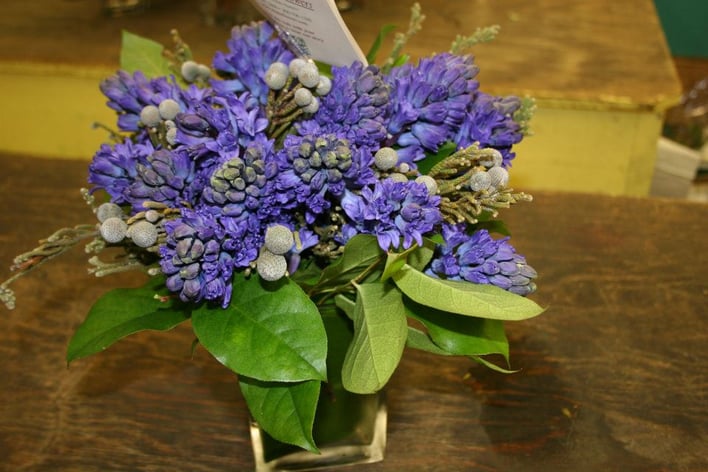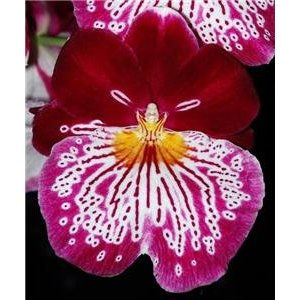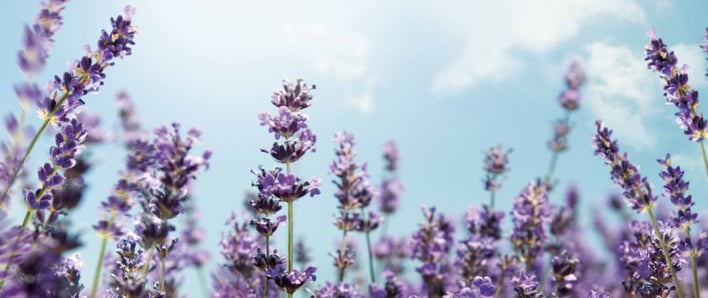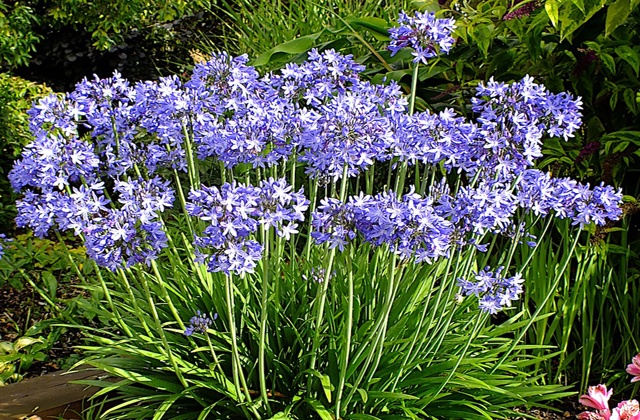We exist in a decade where it is of the utmost importance to begin paying more attention to caring for our earth. The “Green Movement” was initiated to educate people about how to nourish, heal and inspire future growth with the environment. After noticing drastic depletion of natural resources, science experts and nature lovers banded together to make it their mission to put our planet’s health at top priority. By learning how to recycle, conserve and become more eco-friendly, we can all do our part to assist this incredibly important endeavor.

The neat thing about becoming involved with the “Green Movement” is that people are drawn from all sorts of aspects and careers. Even FLORISTS have recognized the need to intertwine sustainability into their business practices and do their part to be environmentally responsible. The good thing is they’re already one step ahead since their main product is biodegradable. By spreading the love for living plants and flowers, florists actually inspire others to recognize the importance of caring more about the growth and greenery around us. Not only that, but floral professionals are also well knowledged in their subject and are happy to educate customers about plant care and other topics relevant to the species they carry.
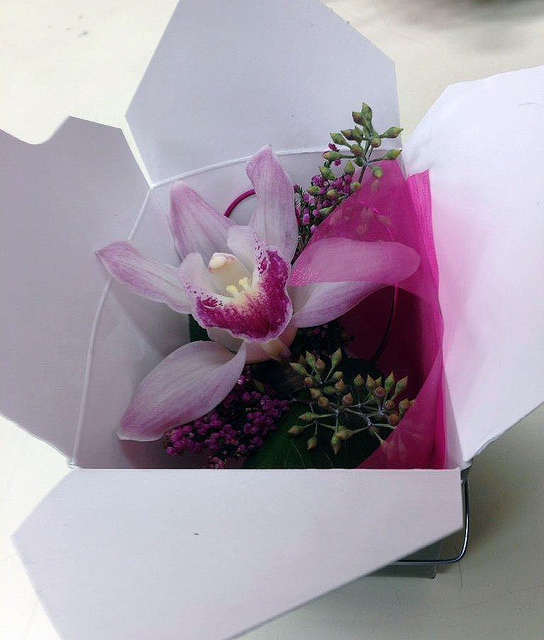
Other ways that florists show their interest in our Earth is the accessories they use to market their product line. For instance, the vases that arrangements are delivered in are a consideration when asking if they are fit for our environment. Materials that are non-biodegradable are frowned upon and instead being replaced by other options which fit the bill. Vases made from plastic are out while others produced out of wood and glass is more acceptable. You don’t have to wait to purchase your own if you are interested in trying your hand at “green” floral designing either! Search around the house and see if any of these items are hiding somewhere and use them to make fun, environmentally responsible bouquets and centerpieces!






